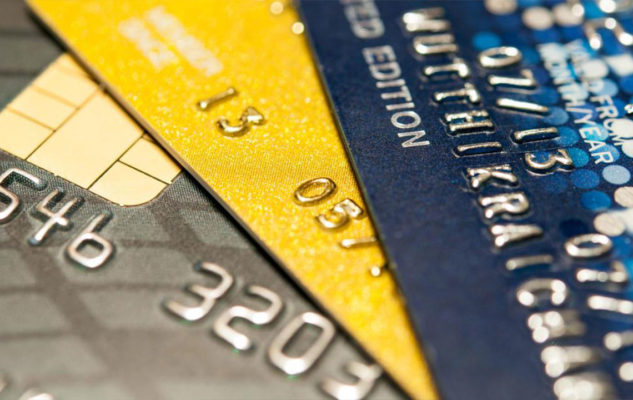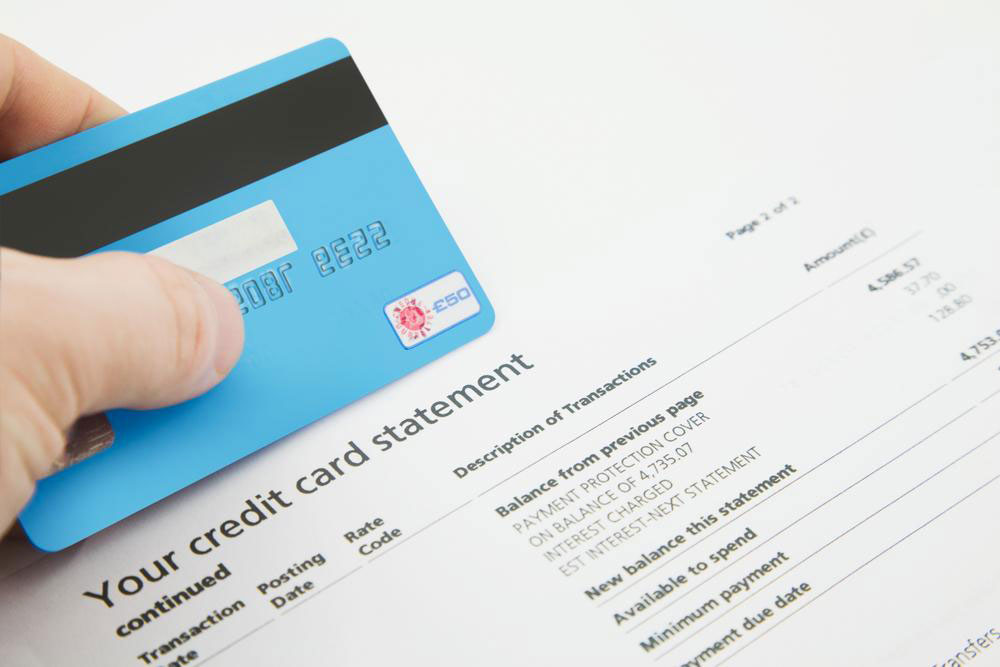Comprehensive Guide to Differentiating Credit and Debit Cards and Their Impact on Your Financial Management
This comprehensive guide explores the fundamental differences, benefits, security features, and best practices for using credit and debit cards. Learn how to optimize each card type to improve your financial health, protect your assets, and make informed decisions tailored to your personal financial goals.

Comprehensive Understanding of the Differences Between Credit and Debit Cards
In the modern digital economy, plastic payment cards—particularly credit and debit cards—have become inseparable from everyday financial transactions. These convenient tools facilitate cashless payments, making shopping, bill payments, and online banking easier and more secure. Despite their widespread use, many consumers are often confused about the key differences between these two types of cards, which can influence their financial health and security. This comprehensive guide aims to elucidate the distinctions, advantages, security features, and best practices associated with both credit and debit cards, empowering users to make informed decisions tailored to their financial needs.
Fundamental Differences Between Debit and Credit Cards
At their core, debit and credit cards serve the primary function of simplifying financial transactions through plastic cards embedded with magnetic strips, chip technology, and unique 16-digit identification numbers. While they may appear similar physically, their underlying mechanisms, approval processes, and impact on personal finances are fundamentally different.
Debit cards are issued directly by banks to account holders, linking immediately to the user's checking or savings accounts. When used, they draw funds directly from the linked account, providing real-time transaction processing and serving as an efficient cashless alternative to physical cash.
In contrast, credit cards are typically issued after a detailed application process that evaluates the applicant's creditworthiness, maintaining a credit limit based on factors like income, credit history, and existing debt. They allow users to borrow funds up to a pre-approved credit limit, effectively offering a short-term line of credit.
Detailed Comparison: How Debit and Credit Cards Differ
Understanding the core differences helps consumers leverage each type's advantages while avoiding potential pitfalls.
Debit cards restrict transactions strictly to available funds in the linked bank account, preventing overspending beyond what is available. They function as an electronic version of cash, enabling direct access to your funds without incurring debt.
Credit cards, on the other hand, enable users to borrow money from the issuing bank up to a specified limit for purchases, balance transfers, or cash advances. This borrowed amount must be repaid within the stipulated billing cycle, often with interest if paid late.
Advantages and Benefits of Each Card Type
For many consumers, the choice between credit and debit cards hinges on financial goals and spending habits.
Debit cards promote disciplined spending, helping users avoid accumulating debt since transactions are limited to available funds. They are an excellent choice for individuals seeking to manage their expenses tightly or avoid debt altogether.
Conversely, credit cards offer perks such as rewards programs, cashback incentives, and travel points, which can provide significant benefits when used responsibly. They are also instrumental in building and improving credit scores, which are crucial for future financial endeavors like loans and mortgages.
Security Features and Risks: Comparing Credit and Debit Cards
Security considerations are paramount when choosing between these card types. If a debit card is lost or stolen, funds are immediately at risk since the money is withdrawn directly from your bank account. Reclaiming unauthorized transactions can be a complex, prolonged process, subject to bank policies and liability limits.
In contrast, credit cards typically offer enhanced fraud protection. If fraud occurs, cardholders can report it promptly and have the unauthorized charges blocked without losing immediate access to their funds. Banks usually have zero-liability policies for fraudulent transactions, making credit cards a safer option in many cases.
To maximize security, users should enable alerts for transactions, regularly monitor account activity, and report suspicious activity promptly, whether using a debit or credit card.
Best Practices for Responsible Usage
Both card types require responsible use to optimize their benefits and minimize risks. For debit cards, it's essential to keep track of your available balance to avoid overdraft fees or declined transactions. Maintaining good financial discipline helps prevent unintentional overspending.
With credit cards, timely payments are crucial to avoid interest charges, late fees, and damage to credit scores. Using rewards wisely and avoiding unnecessary debt can maximize the benefits of credit card ownership. Additionally, paying the full balance each month is a good rule of thumb to maintain healthy credit and avoid interest accumulation.
In essence, understanding when and how to use each type of card can significantly impact your financial health, security, and overall convenience.
Conclusion: Choosing Between Credit and Debit Cards
Ultimately, the decision to use a credit or debit card hinges on your individual financial situation, spending habits, and security preferences. Both cards offer distinct advantages and pose specific risks, emphasizing the importance of responsible usage and vigilant monitoring to harness their full potential. Whether you're aiming to control spending, earn rewards, or build credit, understanding these differences equips you to make better financial choices that support your long-term financial stability and growth.





